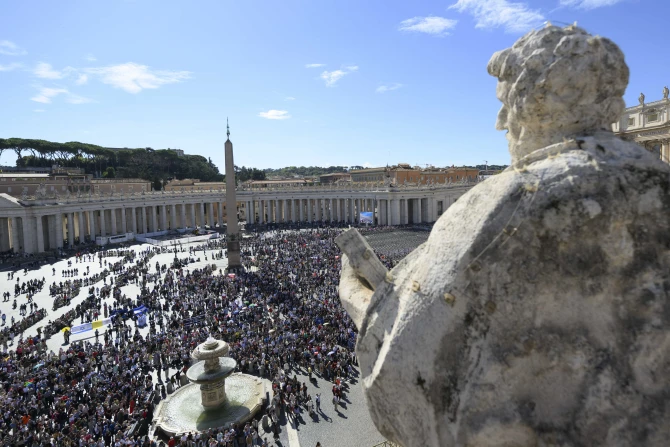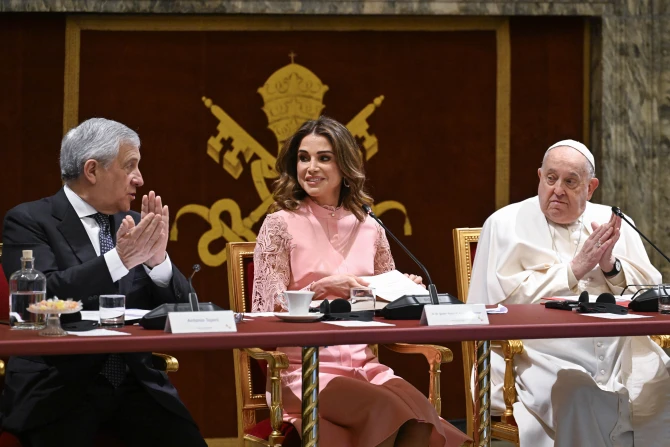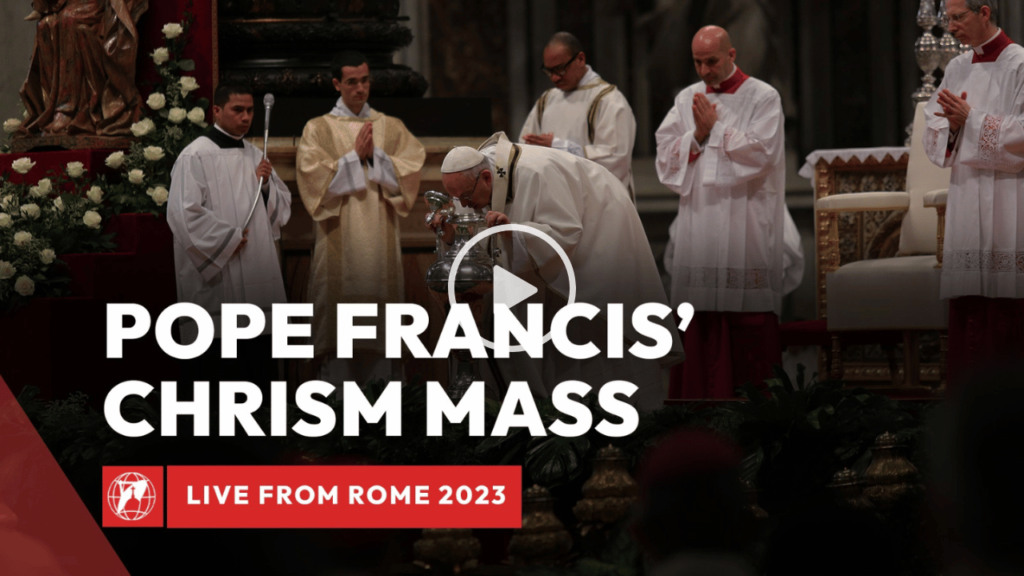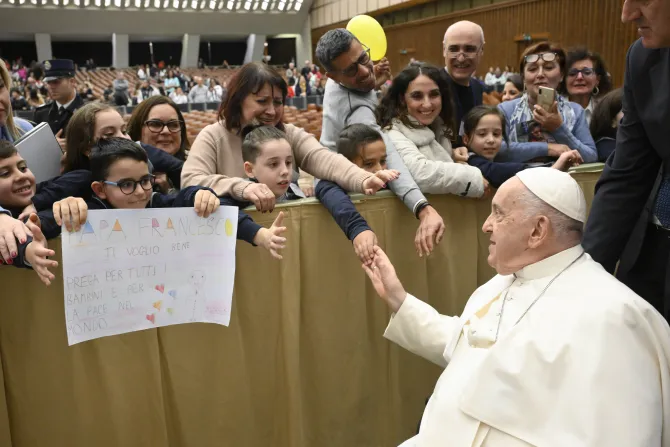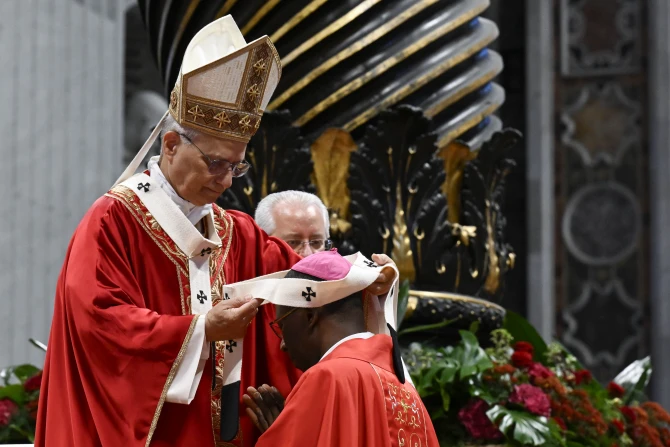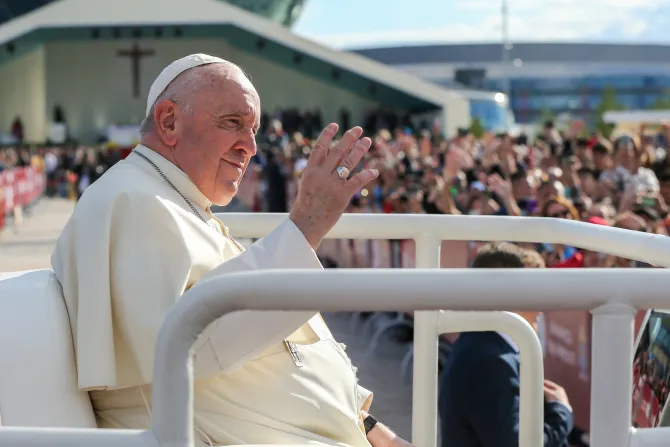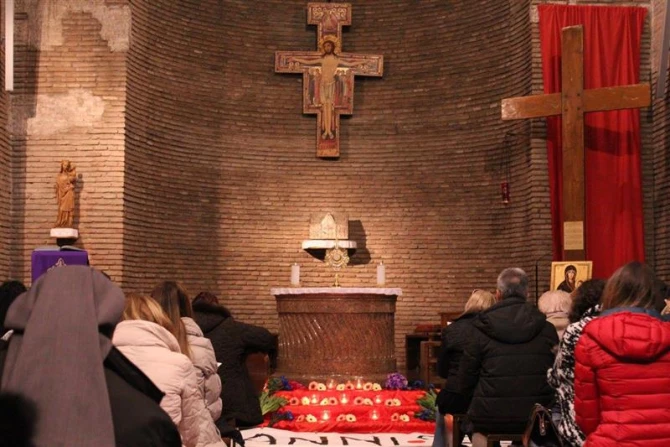The death of Pope Francis begins the so-called “sede vacante,” a period when the See of Peter lies vacant. The time of the sede vacante after the pope’s death brings with it a series of symbols, traditions, and protocols that have existed for centuries and express the papacy’s essence.
SIGN UP FOR OUR NEWSLETTER HERE
The principal figure of the sede vacante period is the camerlengo, currently the Irish-born Cardinal Kevin Farrell, who is also current prefect of the Dicastery for the Laity, the Family, and Life and former bishop of Dallas.
The pope appoints the camerlengo, and Farrell was chosen in 2019, replacing the French Cardinal Jean-Louis Tauran after his death at age 75.
The tasks and duties of the camerlengo are regulated by Pope Francis’ 2022 apostolic constitution Praedicate Evangelium, which deals with the functions and structure of the Roman Curia’s offices, and another apostolic constitution, St. John Paul II’s Universi Dominici Gregis, issued in 1996 and that governs the sede vacante and the election of a new pope.
The camerlengo used to head the Apostolic Camera, an institution that dates back to the 12th century, and was entrusted to manage the goods of the Church during the sede vacante. It comprises the camerlengo, the vice-chamberlain, the general auditor, and the college of clerical prelates of the camera.
However, the Apostolic Camera has been suppressed by Praedicate Evangelium. According to the new constitution, the camerlengo is assisted by three cardinals. One is the cardinal coordinator of the Council for the Economy and the other two are “identified according to the modalities provided for by the legislation on the vacancy of the Apostolic See and the election of the Roman pontiff.”
What does the camerlengo do?
First, when the pope dies, he has to “ascertain the pope’s death, in the presence of the master of pontifical liturgical celebrations, the cleric prelates of the Apostolic Camera, and the secretary and chancellor of the same,” according to Universi Dominici Gregis.
The camerlengo must also break the Ring of the Fisherman, which the pope wears for the first time at his installation Mass, annulling the seal of the pontificate. The camerlengo will, in addition, seal the pope’s study and bedroom: No one will be able to enter the papal apartments until after his burial.
It is likely that the process will be slightly different with Pope Francis, who chose the Casa Santa Marta rather than the Apostolic Palace as his residence after his election in 2013. In this case, the camerlengo will have to seal not only the papal apartments, which remained unused during this pontificate, but also the pope’s apartment in the Vatican guesthouse.
After these procedures, the camerlengo notifies the cardinal vicar of the Diocese of Rome of the pope’s death. The vicar, currently Cardinal Baldassare Reina, must then inform the people of Rome via a special announcement.
The camerlengo also has to inform the cardinal archpriest of St. Peter’s Basilica, Cardinal Mauro Gambetti, of the news. The camerlengo must then take possession of the Apostolic Palace in the Vatican and the Lateran and Castel Gandolfo palaces.
It is the camerlengo’s duty to make all the arrangements for the pope’s funeral and burial after having discussed the matter with the members of the College of Cardinals.
There is no such thing as a “vice pope.” The camerlengo, therefore, does not assume papal authority. Instead, he manages regular administration, with help from the three cardinal assistants, while maintaining contact throughout with the College of Cardinals.
The pope reformed the rite of the papal funeral, too.
First, the certification of the pope’s death does not take place in the room where he dies but in his private chapel. The camerlengo calls the deceased pope three times by his baptismal name. The baptismal name is used rather than the papal name since the deceased pope’s papal identity and function ceases upon his death. The tradition of tapping the deceased pope three times with a small silver hammer has long been in disuse.
The pope’s body is immediately placed inside an open coffin rather than an elevated bier, the so-called cata-letto (death bed), as happened with John Paul II and Benedict XVI. Also, the revised rites eliminate the use of three coffins — one of cypress, one of lead, and one of oak. Instead, the body is placed in a simple wooden coffin with a zinc lining and transferred immediately to St. Peter’s Basilica, without passing through the Apostolic Palace for another exposition, as was done previously.
The funeral, called the “Missa Poenitentialis,” is celebrated in St. Peter’s Basilica or St. Peter’s Square. Delegations from all over the world attend. The pope’s body is borne in a plain wooden coffin, with a silk veil covering his face.
No one is allowed to take pictures of the deceased pope unless specially authorized by the camerlengo. The image, however, must be taken with the pope dressed in the pontifical robes.
Until the practice was ended by Pope Pius X, the pope’s internal organs were removed and preserved in special amphorae secured in the Church of St. Anastasio and Vincenzo in Rome before the body was embalmed.
Once the pope has died, all the cardinals of the Roman Curia, including the cardinal secretary of state, vacate their positions. The only posts that are maintained during the sede vacante period are those of the camerlengo, the major penitentiary, the papal almoner, the cardinal vicars of Rome and Vatican City State, and the dean of the College of Cardinals.
The camerlengo will later summon the cardinals for the general congregations that precede the election of a new pope. Then, within 20 days of the pope’s death, the cardinals eligible to vote gather in the conclave to elect a successor.
This article was originally published by Catholic News Agency.

